Chandragupta Maurya
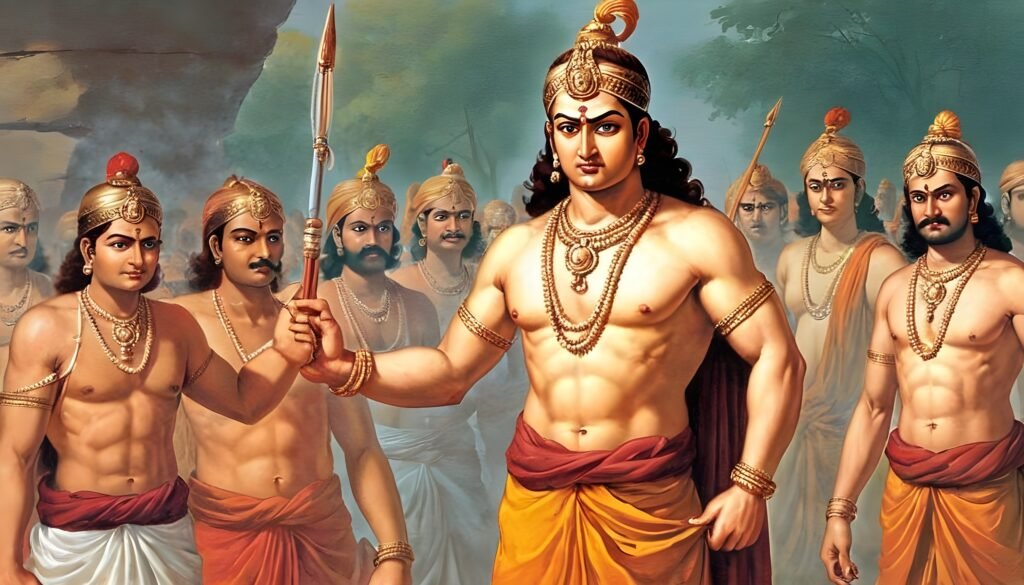
The Maurya dynasty was founded by Chandragupta Maurya, who belonged to an ordinary clan and family. According to Brahmanical tradition, he was born to Mura, a Shudra woman living in the exile of the Nandas. However, ancient Buddhist tradition suggests that the Mauryas belonged to the Kshatriya clan or ruling dynasty of the small republic of Pipahlivan in the Gorakhpur region near the Nepalese Terai. It is possible that Chandragupta may also have belonged to this clan. He took advantage of the last days of Nanda rule. With the help of Chanakya, who is also known as Kautilya, Chandragupta ended the dominance of the Nandas and established the rule of the Maurya dynasty. The play Mudrarakshasa, written by Vishakhadutta in the ninth century, describes the diplomacy devised by Chanakya against the enemies of Chandragupta. Many modern plays have been written on this subject.
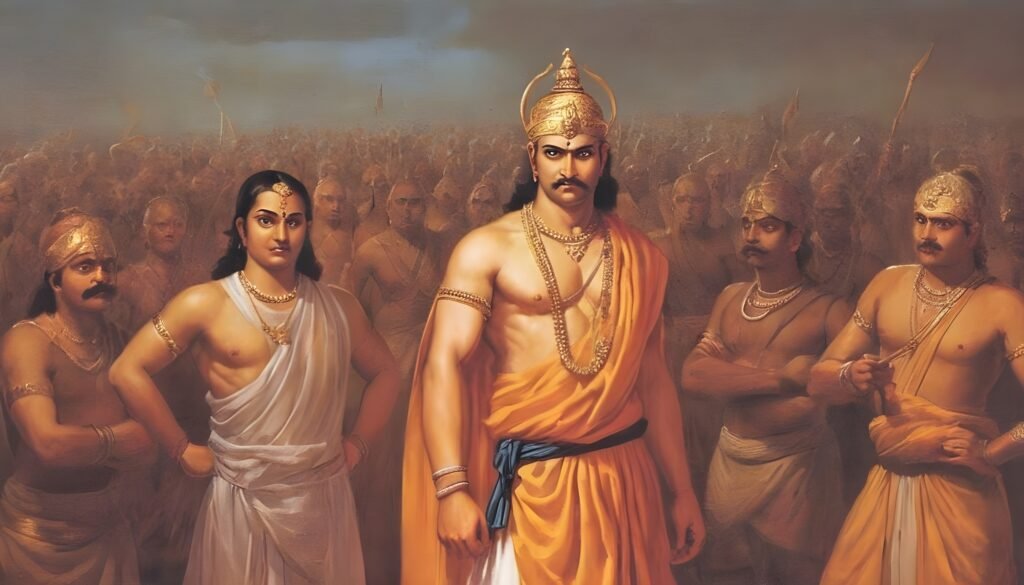
The Greek writer, Justin, says that Chandragupta had conquered the whole of India with an army of 6,00,000. This may or may not be true, but it is true that Chandragupta freed North-Western India from the clutches of Seleucus who was ruling the western areas of Indus.
In the war with the Greek Viceroy, Chandragupta proved victorious. Eventually, a peace agreement was reached between the two; In return for 500 elephants, Seleucus gave him not only his daughter but also eastern Afghanistan, Baluchistan and the western region of Indus. Thus Chandragupta established a vast empire, which included not only Bihar, Orissa and Bengal, but also western and north-western India and the Deccan. Apart from Kerala, Tamil Nadu and parts of north-eastern India, the Mauryas ruled almost the entire subcontinent. In the north-west, they also dominated certain areas which even the British Empire could not annex. The Mauryas also conquered republics or confederacies, which Kautilya considered to be obstacles to imperial expansion.
formation of empire
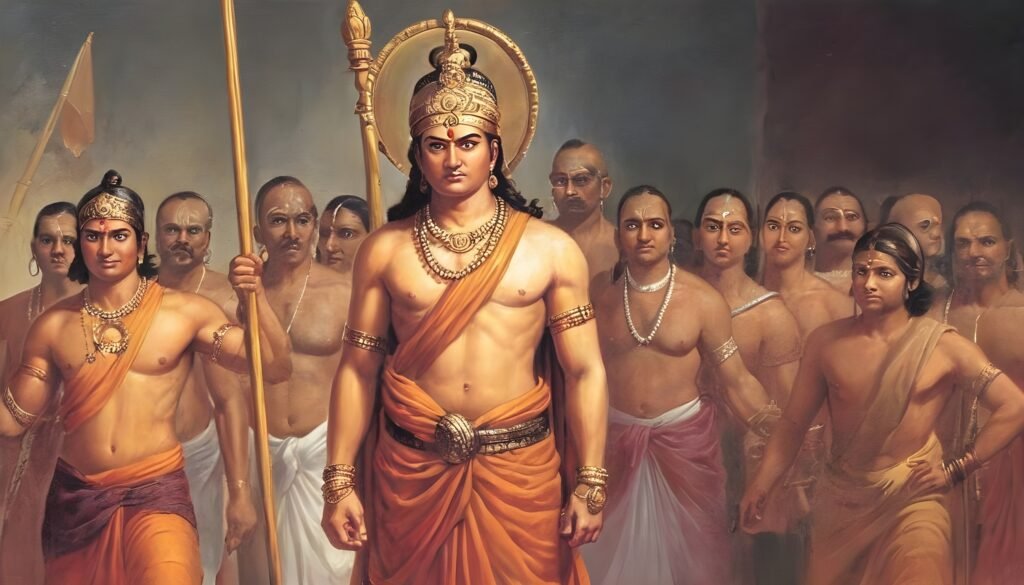
The Mauryas established an elaborate system and machinery of administration. It is mentioned in the writings of Megasthenes and Kautilya’s Arthashastra. Megasthenes was a Greek ambassador sent by Seleucus to the court of Chandragupta Maurya. He lived in Pataliputra, the capital of the Maurya Empire; While staying here, he wrote about the administration of Pataliputra city as well as the entire Maurya Empire. The writings of Megasthenes are not available in full, but quotations from Megasthenes are found in the writings of many Greek authors. By collecting these quotes, a book titled Indika was published, which throws proper light on the administration, society and economy of the Maurya period.
Kautilya’s Arthashastra can be considered a complement to the writings of Megasthenes. The Arthashastra as a whole may have been compiled a few centuries after the Maurya period, but some of its chapters contain genuine information and material about Mauryan administration and economy. Both these sources help us to understand the administrative system of Chandragupta Maurya.
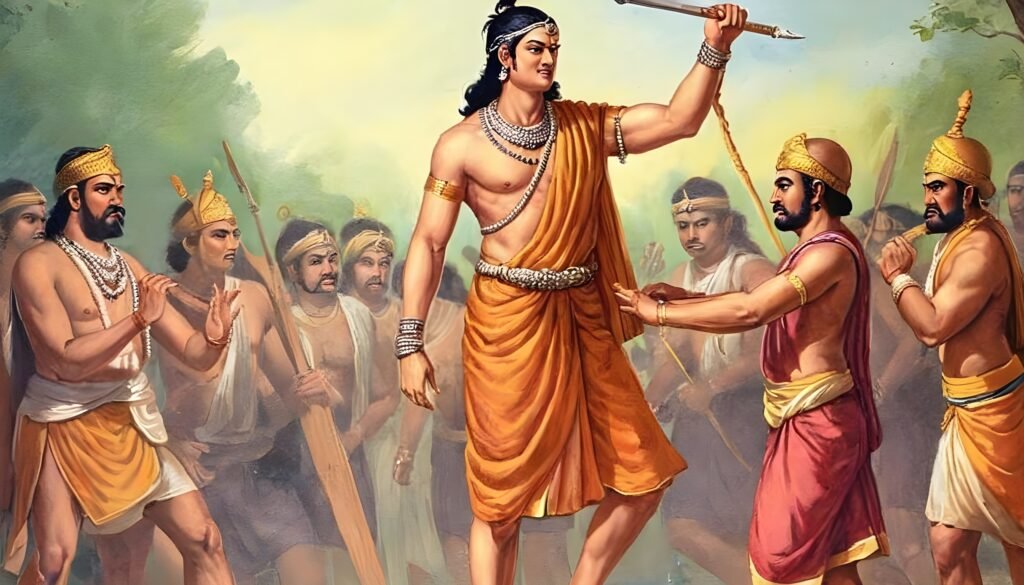
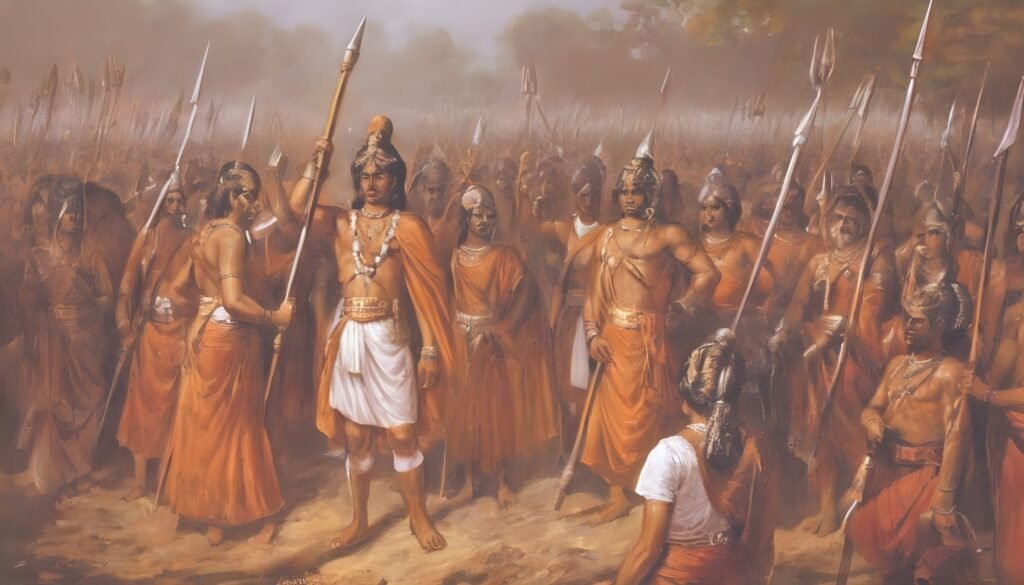
Chandragupta Maurya was clearly an absolute ruler, he had taken all the power under his control. If we believe in Arthashastra, it is mentioned that this king had established high ideals. He said that his happiness lies in the happiness of the people; And the problems of the people are their own problems. However, there is no information as to how much the king followed these ideals. According to Megasthenes, the king was assisted by an intellectual council. However, there is no evidence that the king was bound by the Desmas to follow their advice, although high officials were elected from among the members of this council. The entire empire was divided into several provinces and each of these was placed under a prince, who was a descendant of the royal dynasty. The provinces were divided into smaller units. Administrative arrangements were made for both rural and urban areas. Excavations reveal a large number of cities of the Maurya period. Pataliputra, Kaushambi, Ujjain and Takshashila were the most important cities among them. According to Megasthenes, many cities existed in India, but he considered Pataliputra as the most important. They call it Palibothra. , This Greek word means city with a gate. According to him, Pataliputra was surrounded by a deep moat and a wooden wall including 570 towers and 64 gates. Ditch, wooden circle and wooden houses have been found in the excavation. According to Megasthenes, Pataliputra was 9.33 miles long and 1.75 miles wide. This shape matches today’s Patna, because even today Patna is more in length and less in width. In this respect, given this evidence, it seems possible to believe Megasthenes.
The Greek ambassador also mentions the administration of the Mauryan capital, Pataliputra. There were six committees for the administration of this city, each of which had five members. These committees were given the functions of sanitation, care of foreigners, registration of births and deaths, regulation of weights and measures and other similar functions. Various types of weights related to the Maurya period have been found in many places of Bihar. According to Kautilya, the central government created about two dozen departments of the state, which looked after social and economic activities at least in the areas adjacent to the capital. The greatest feature of Chandragupta’s administration was the maintenance of a huge army. Greek author Pliny writes that Chandragupta had 6,00,000 infantry, 30,000 cavalry and 9000 elephants. Another source suggests that Maurya had 8000 chariots. Additionally, it appears that the Mauryas also created a navy. According to Megasthenes, the administration of the armed forces was carried out by a board of thirty officers, divided into six committees, each committee consisting of five members. It appears that the six organs of the armed forces—army, cavalry, elephants, chariots, navy and transport—were assigned the responsibility of separate committees. The strength of the Maurya Empire was almost equal to that of the Nandas. It was triple. All this would have been possible only due to sufficient income and expansion of the empire. How did Chandragupta Maurya bear the expenses of such a large army? If Kautilya’s Arthashastra is to be believed, it appears that the state controlled almost all economic activities. The state made new lands suitable for agriculture with the help of farmers and laborers. Good tax revenue came from the new farmers who settled on new land suitable for farming. It appears that the taxes collected from farmers amounted to one-fourth to one-sixth of their production. People who were provided irrigation facilities by the state had to pay for it. Moreover, during times of emergency, farmers were forced to grow more crops. Taxes were imposed on goods brought into the city for sale and were also collected at the entrance of the cities. Moreover, the state enjoyed monopoly in mining, sale of liquor, manufacture of weapons etc. Naturally, this provided huge resources to the royal treasury and made it prosperous. Thus Chandragupta established a well-organized administrative system and gave it a solid financial base.
Thanks for reading my blog i hope useful please leave me comments.

+91 88260 1089i